The Bryan Kohberger trial has become one of the most high-profile cases of the decade, capturing global attention with its chilling details. The brutal murders of four University of Idaho students in November 2022 shattered a small college town and left the public searching for answers.
Who was Bryan Kohberger? How did he allegedly cross paths with these victims? And what could drive someone to commit such a heinous crime? As I explore this case, I am struck not only by the horrifying details but also by the resilience of the victims’ families and the outpouring of public interest.
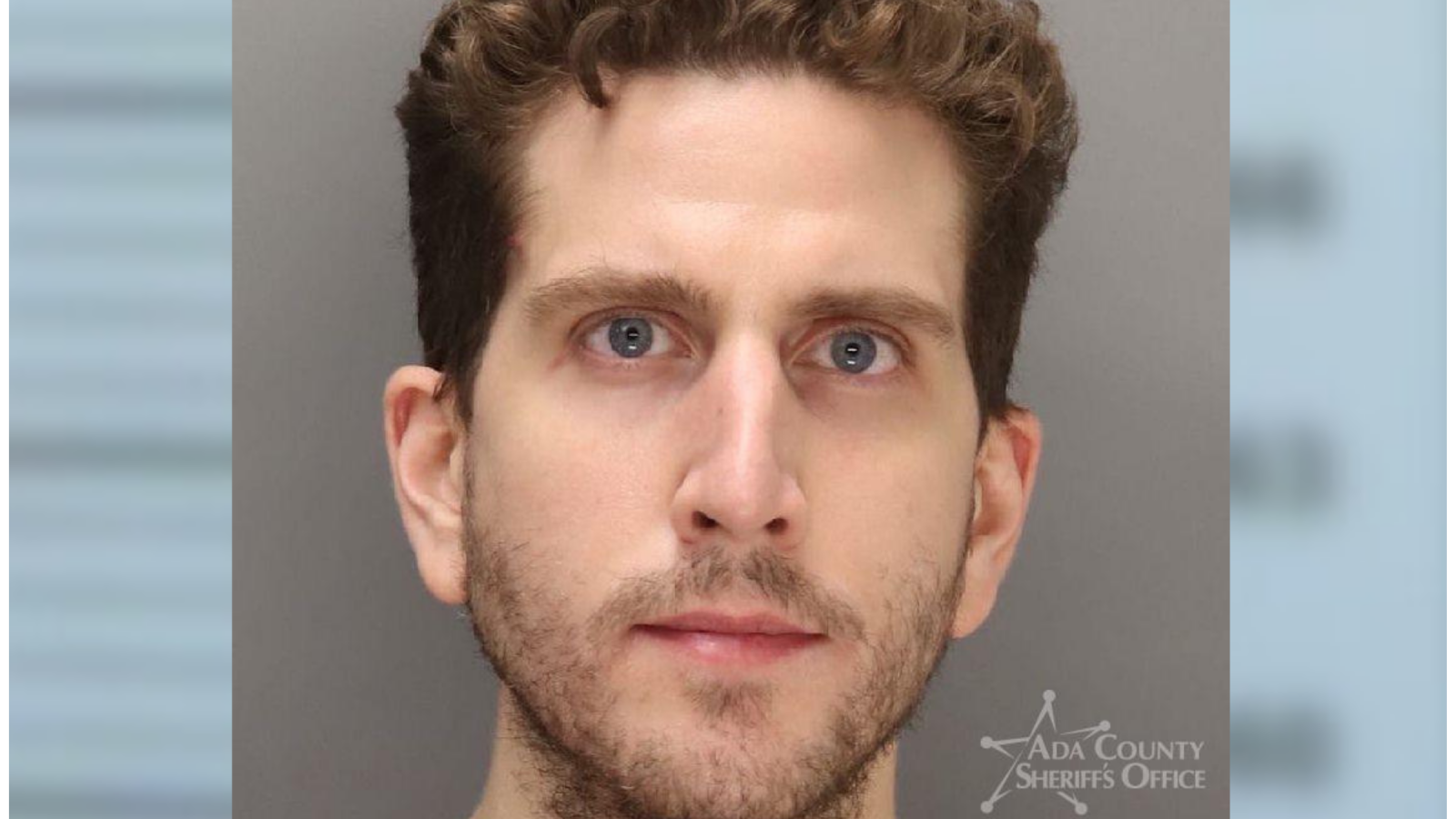
Table Of Contents
- 1 The Suspect: Who Is Bryan Kohberger?
- 2 The Relationship Between the Suspect and the Victims
- 3 The Crime: A Chilling Night in Moscow
- 4 The Evidence: Building the Case Against Bryan Kohberger
- 5 The Defense: Challenging the Prosecution’s Case
- 6 Lesser-Known Facts About the Case
- 7 The Bryan Kohberger Trial and Investigation
- 8 Conclusion
The Suspect: Who Is Bryan Kohberger?
Bryan Kohberger was a 28-year-old doctoral student at Washington State University studying criminology—a fact that adds a chilling layer of irony to the case. Born in 1994 in Pennsylvania, he reportedly had a relatively normal upbringing but struggled socially during his teenage years. Classmates have described him as awkward and often bullied, with some noting a significant change in his behavior after losing weight in his late teens.
Kohberger’s academic pursuits were focused on criminal psychology, and he even conducted research on criminal decision-making. Yet, behind the academic accolades was a person reportedly grappling with inner demons. Reports suggest that Kohberger exhibited signs of obsessive-compulsive behavior and struggled to form meaningful connections. While these traits may not have initially raised alarms, hindsight has led to significant questions about his mental state leading up to the crime.
The Relationship Between the Suspect and the Victims
One of the most perplexing aspects of this case is the apparent lack of a close connection between Bryan Kohberger and the victims. While Kohberger, a criminology Ph.D. student at Washington State University, lived only miles away, there’s no evidence that he knew the victims personally.
Phone records suggest that Kohberger’s phone was in the vicinity of their home multiple times before the murders, raising suspicions of stalking or surveillance. Kaylee’s father, Steve Goncalves, shared his belief that his daughter may have been specifically targeted, saying, “She had told us about someone making her uncomfortable, but we didn’t know who.”
This chilling possibility adds another layer of complexity to the case. If Kohberger had been observing them, it raises questions about his motives and mindset leading up to the crime.
The Crime: A Chilling Night in Moscow
On November 13, 2022, what started as a quiet night in Moscow, Idaho, turned into a nightmare. At 4 a.m., two roommates, Dylan Mortensen and Bethany Funke, were in their bedrooms while the other four housemates were attacked in their sleep.
According to Dylan’s statement, she awoke to the sound of Kaylee’s dog barking and noises resembling a commotion upstairs. Moments later, she heard Xana crying and a male voice calmly assuring her, “I’m here to help.” What Dylan saw next would haunt her forever: a figure dressed in black and wearing a mask exiting the house. Paralyzed by fear, she locked her door and remained silent, unsure of what to do.
Xana and Ethan were found in Xana’s room, while Kaylee and Madison were discovered together in Madison’s bed. The crime scene was described by police as “unlike anything we’ve ever encountered.” Blood seeped through the floors, and the sheer brutality of the attack stunned seasoned detectives.
It wasn’t until around noon that Bethany and Dylan, still in shock, called friends to the house, leading to the eventual 911 call. The delay in reporting has been widely debated, though experts point out that fear and confusion can cause such reactions during traumatic events.

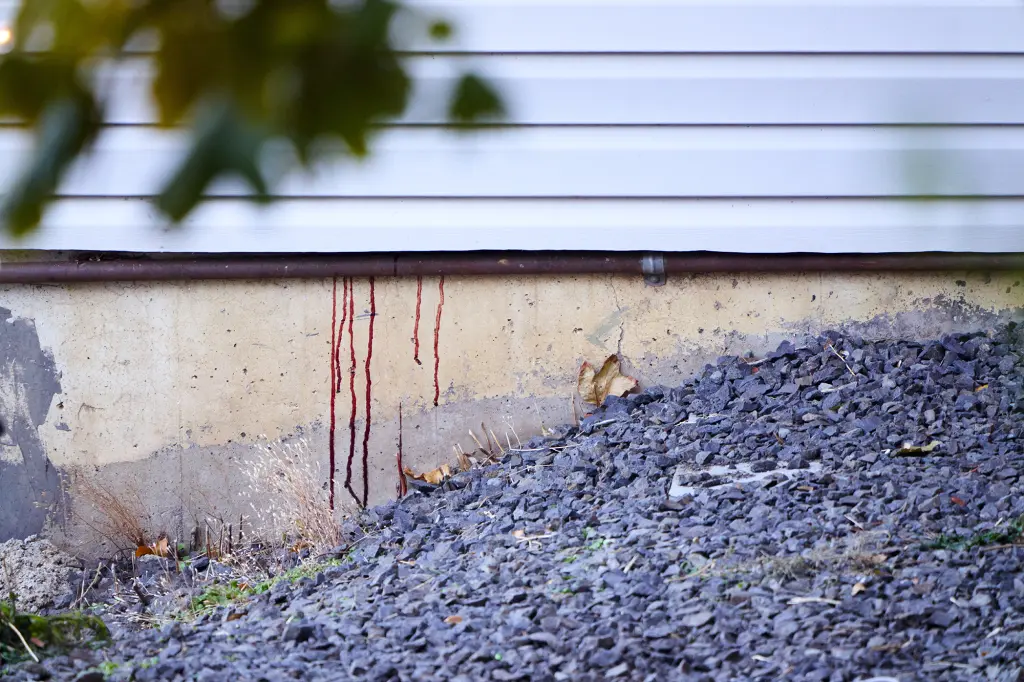

Police Feedback and Arrest
Law enforcement faced immense pressure to solve the case quickly. Initially tight-lipped, they later revealed the key pieces of evidence that led to Kohberger’s arrest:
- Surveillance Footage: Security cameras in the neighborhood captured a white Hyundai Elantra repeatedly driving near the crime scene.
- DNA Evidence: A sheath of a knife was found at the scene, containing DNA that matched Kohberger’s.
- Cell Phone Records: Kohberger’s phone was traced to the area of the murders on multiple occasions prior to the crime.
Police arrested Kohberger on December 30, 2022, at his family home in Pennsylvania. His demeanor during the arrest was described as calm, with one officer noting, “He seemed more curious than scared.”
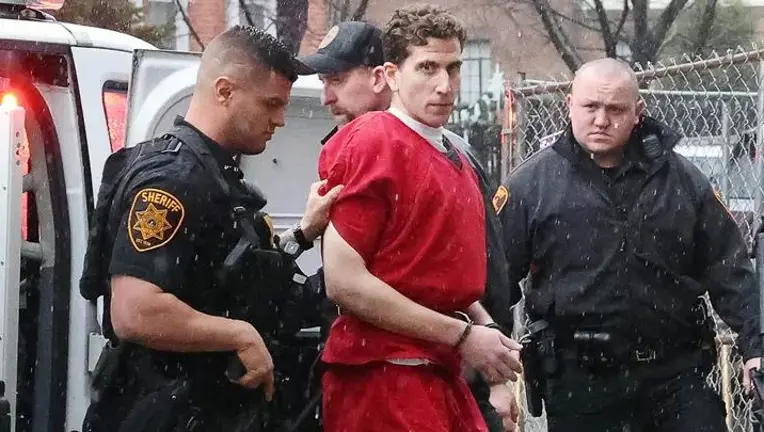
The Evidence: Building the Case Against Bryan Kohberger
The prosecution has presented a substantial body of evidence against Kohberger:
- DNA Evidence: Kohberger’s DNA was found on a knife sheath left at the scene.
- Surveillance Footage: A white Hyundai Elantra, matching Kohberger’s car, was recorded near the victims’ house on the night of the murders.
- Cell Phone Data: Records indicate Kohberger’s phone was in the area of the victims’ house multiple times before the murders.
- Eyewitness Testimony: Dylan’s description of the masked intruder adds a haunting detail to the narrative.
Kohberger’s defense team has pushed back, questioning the integrity of the DNA evidence and arguing that cell phone data alone is circumstantial. Kohberger himself has denied the charges, stating, “I look forward to being exonerated.”
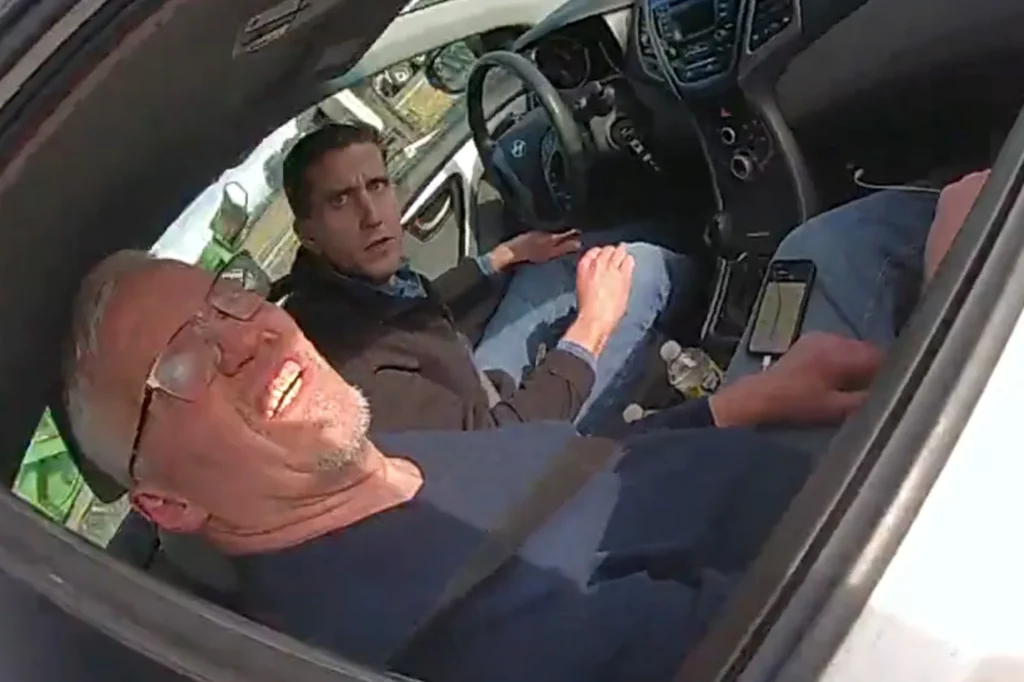
The Defense: Challenging the Prosecution’s Case
Kohberger’s legal team has emphasized his right to a fair trial. They’ve argued that some of the evidence, particularly the eyewitness testimony, is subjective and unreliable. Defense attorneys also allege that Kohberger’s behavior—such as driving cross-country to Pennsylvania after the murders—can be interpreted in non-criminal ways.
Public opinion, however, is largely skeptical of his innocence. The combination of DNA evidence, surveillance footage, and the chilling details of the crime has made many question whether his defense can hold up in court.
Lesser-Known Facts About the Case
- The Masked Figure: Dylan’s account of seeing a masked figure has sparked debates about Kohberger’s intentions and what might have been going through his mind at that moment.
- Academic Interest: Kohberger conducted research asking criminals about their emotions during crimes, adding an unsettling layer to his criminology studies.
- Roommates’ Trauma: Dylan Mortensen and Bethany Funke have struggled with survivor’s guilt and have avoided public appearances.
- Unusual Behavior Post-Crime: After the murders, Kohberger attended classes as though nothing had happened.
- Kaylee’s Dog: The presence of Kaylee’s dog has led to speculation about whether it barked during the attack and why it wasn’t harmed.
The Victims: Remembering Four Lives Cut Short
The four young victims—Kaylee Goncalves, Madison Mogen, Xana Kernodle, and Ethan Chapin—were full of life, loved deeply, and had bright futures ahead of them.
Kaylee and Madison had been best friends since childhood, inseparable and always lighting up the room with their laughter. Xana Kernodle was described as fiercely loyal, always standing up for her loved ones. She and Ethan Chapin, her boyfriend, had a close and loving relationship, with Ethan known for his kind and easygoing nature.
Their tragic deaths have left an indelible mark on their families and friends. Vigils and memorials have been held nationwide, and the University of Idaho has established scholarships in their names. Xana’s father poignantly said, “My daughter was the kind of person who could brighten even the darkest day.”

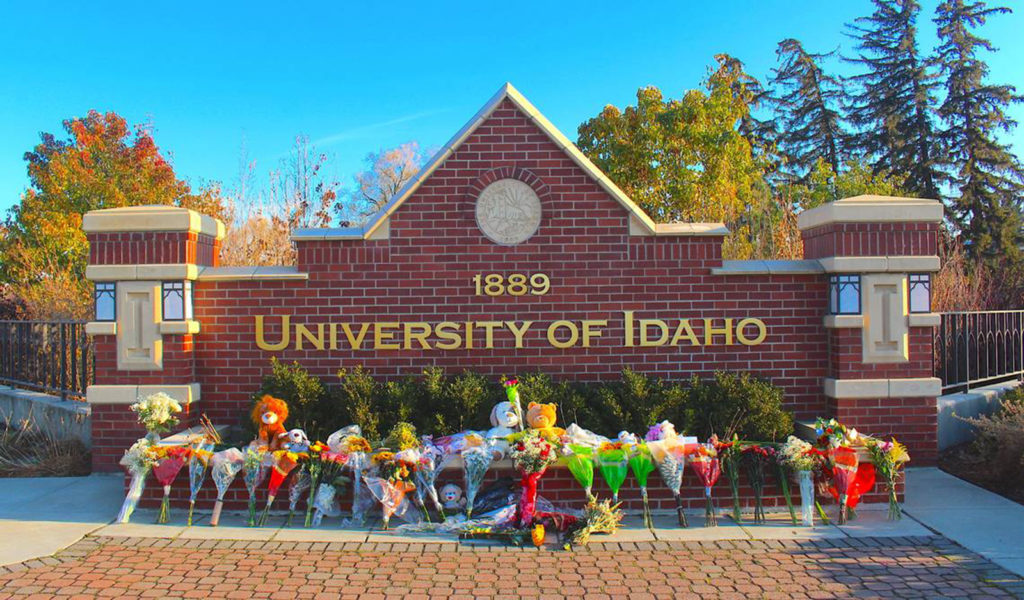
The Bryan Kohberger Trial and Investigation
The trial of Bryan Kohberger, accused of the November 2022 murders of four University of Idaho students, has undergone significant developments. Initially set for June 2025, the trial has been rescheduled to commence on August 11, 2025, extending through November 7, 2025.
In response to concerns about potential jury bias due to extensive media coverage, the trial venue has been moved from Moscow, Idaho, to Boise, Idaho.
CNN This decision aims to ensure a fair trial by selecting impartial jurors.
Kohberger, who was pursuing a Ph.D. in criminology at Washington State University at the time of the alleged offenses, has pleaded not guilty to four counts of first-degree murder and one count of felony burglary.
CBS News Prosecutors are seeking the death penalty, citing aggravating circumstances.
The defense has filed multiple motions challenging the admissibility of certain evidence, including DNA samples and digital records, arguing they were improperly obtained.
Idaho Statesman These motions are scheduled for a hearing on January 23, 2025.
Kohberger’s mental state has been a subject of scrutiny. In a 2023 job application, he described his experience with “cutting fish” and “wrapping meat,” which some have interpreted as unsettling. However, no official reports have confirmed any diagnosed mental health conditions.
As the trial date approaches, the court continues to address pretrial motions and procedural matters to ensure a fair and just legal process.
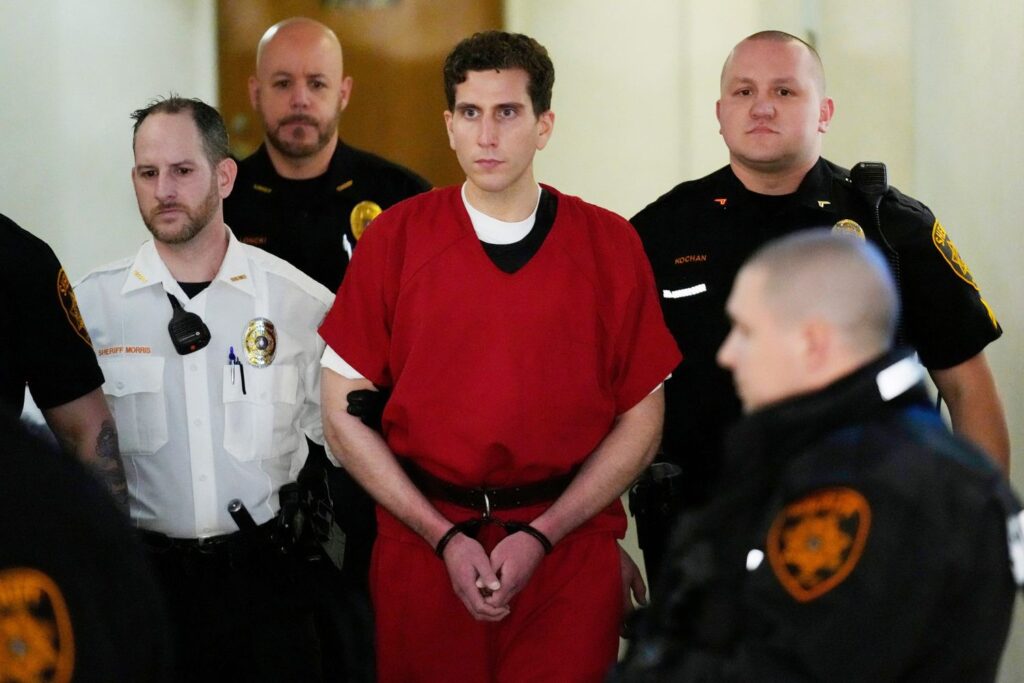


Conclusion
The Bryan Kohberger trial is more than a legal proceeding—it’s a haunting story of lives cut short, a community shattered, and a search for answers that continues to grip the nation.
For me, this case underscores the fragility of safety and the resilience of those left behind. As the trial unfolds, one can only hope that justice will bring some measure of peace to the families and friends of Kaylee, Madison, Xana, and Ethan. Their memory serves as a powerful reminder of the importance of cherishing every moment with our loved ones.
